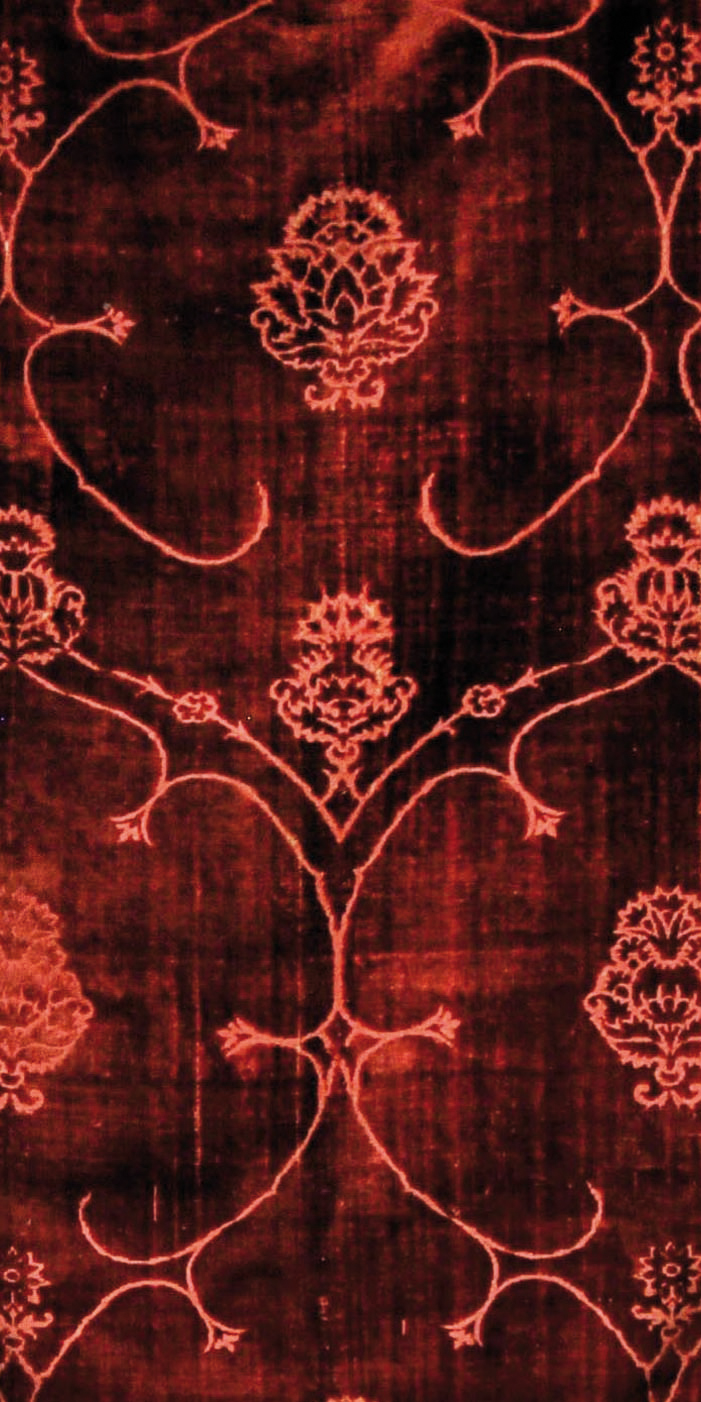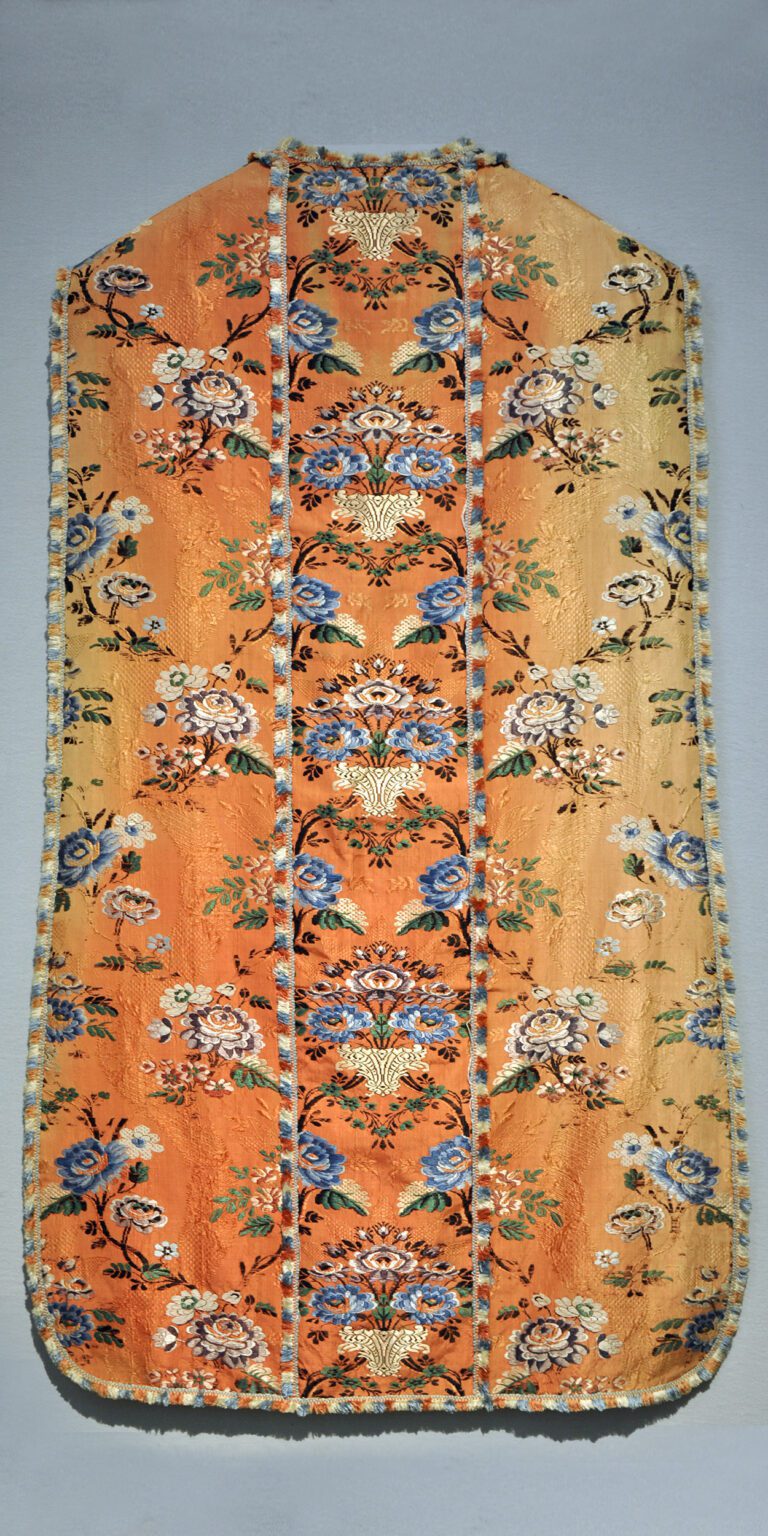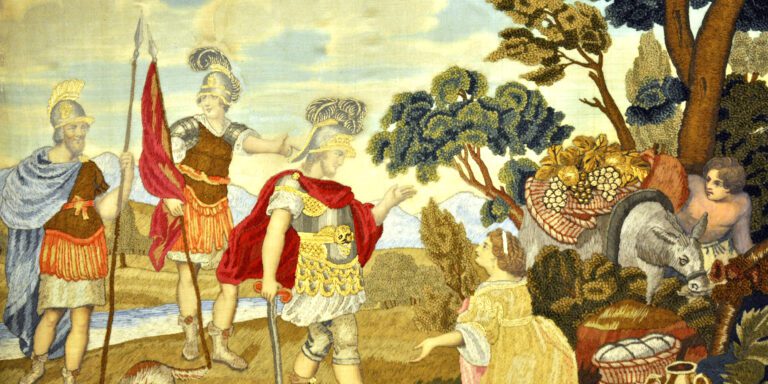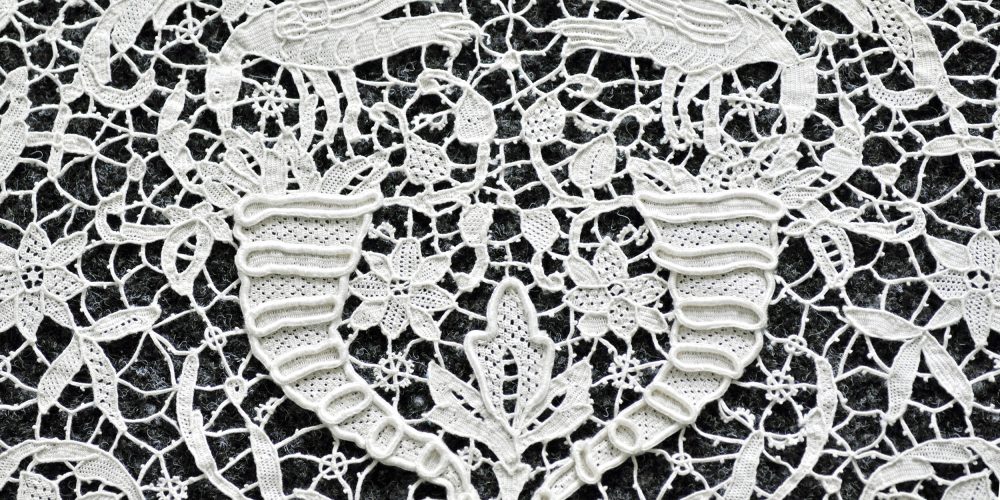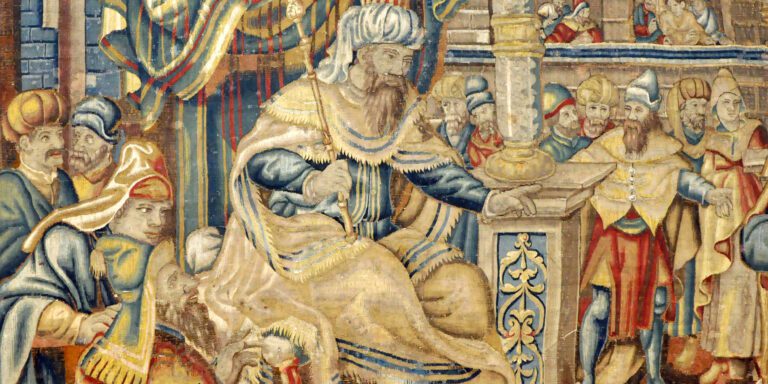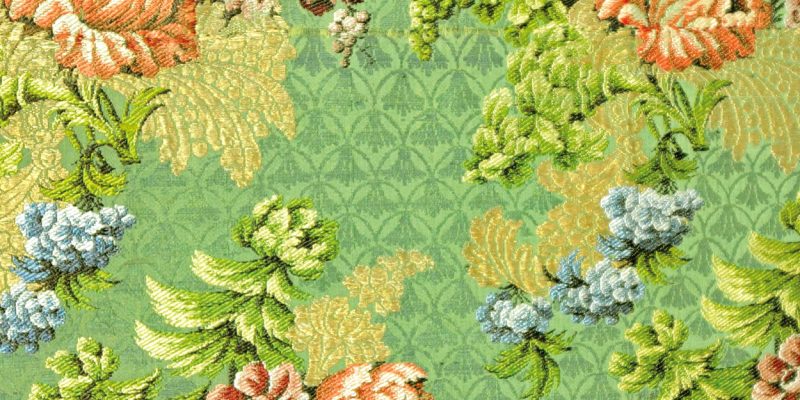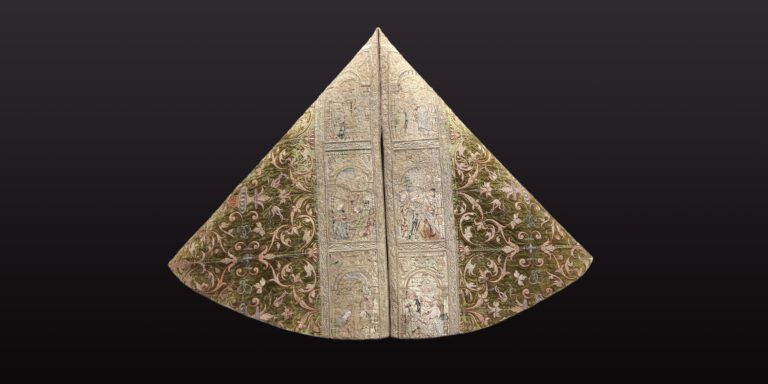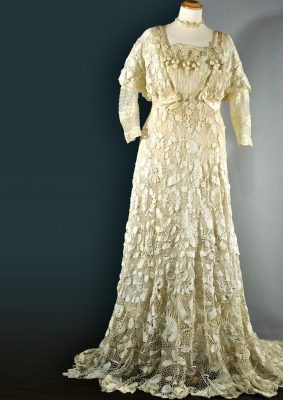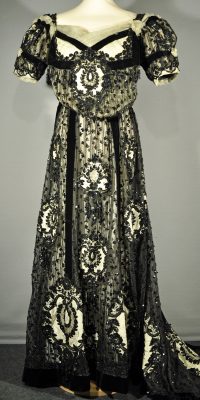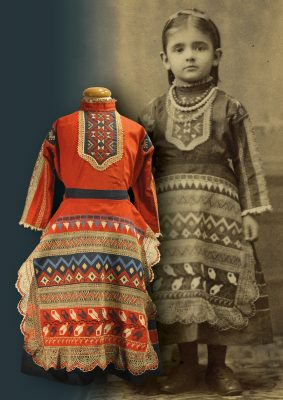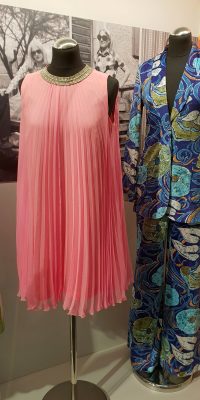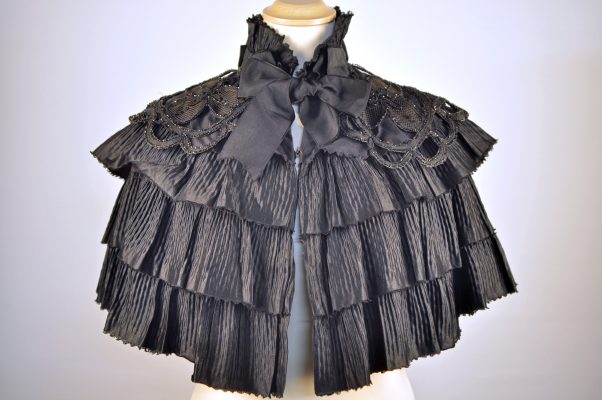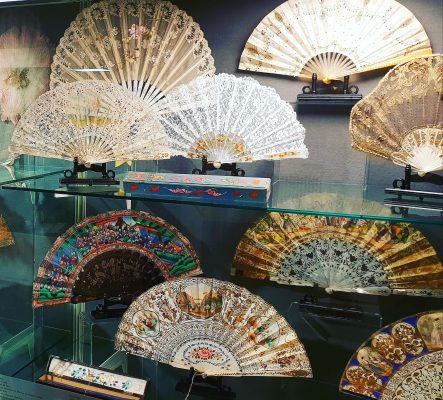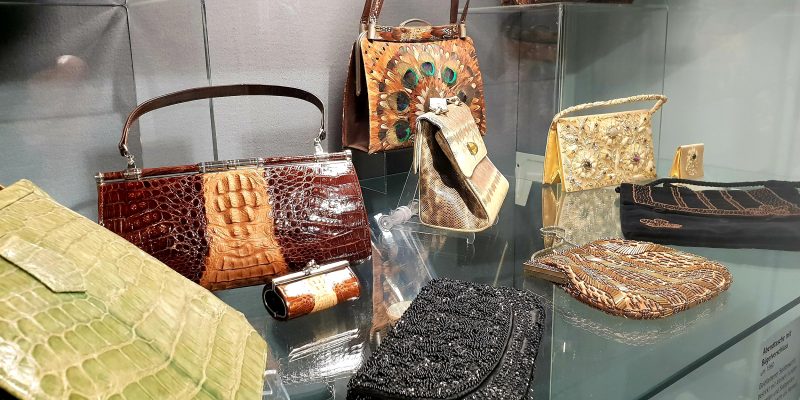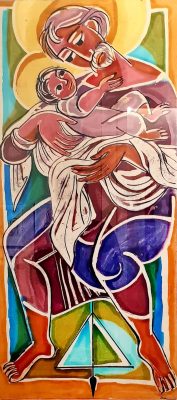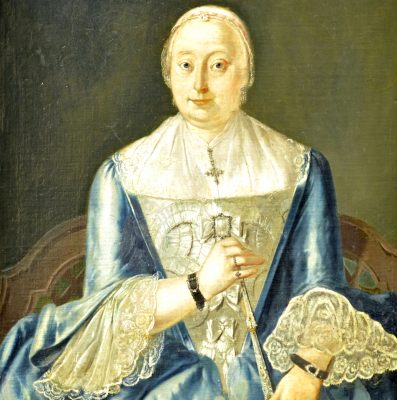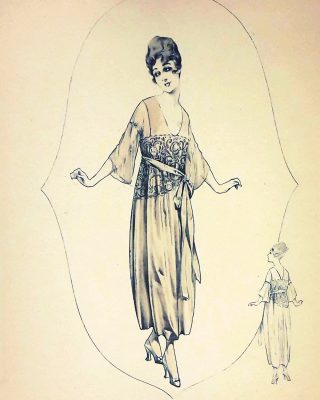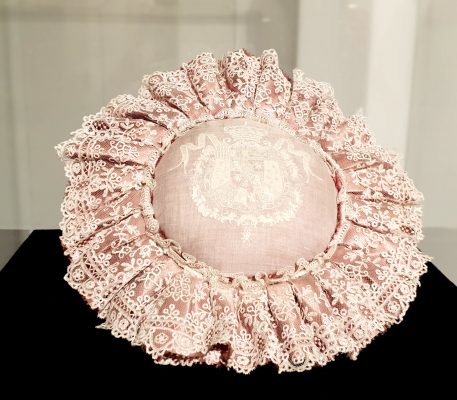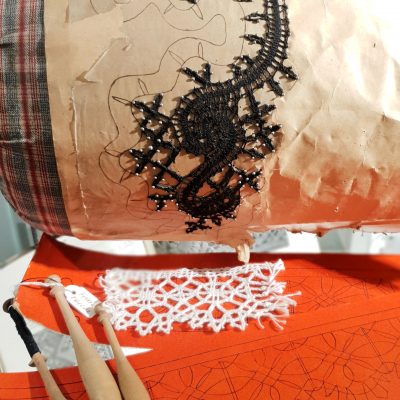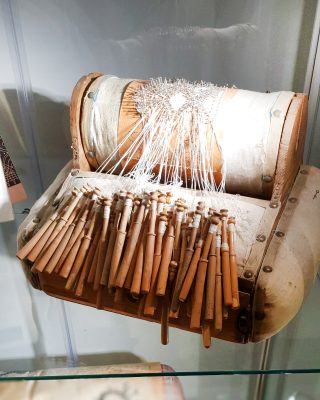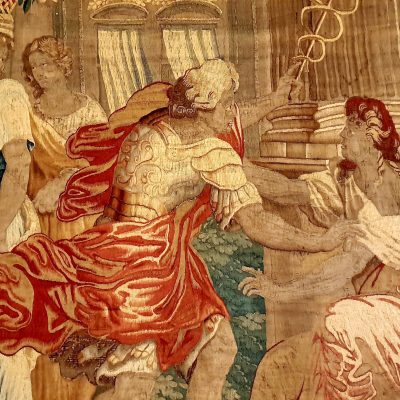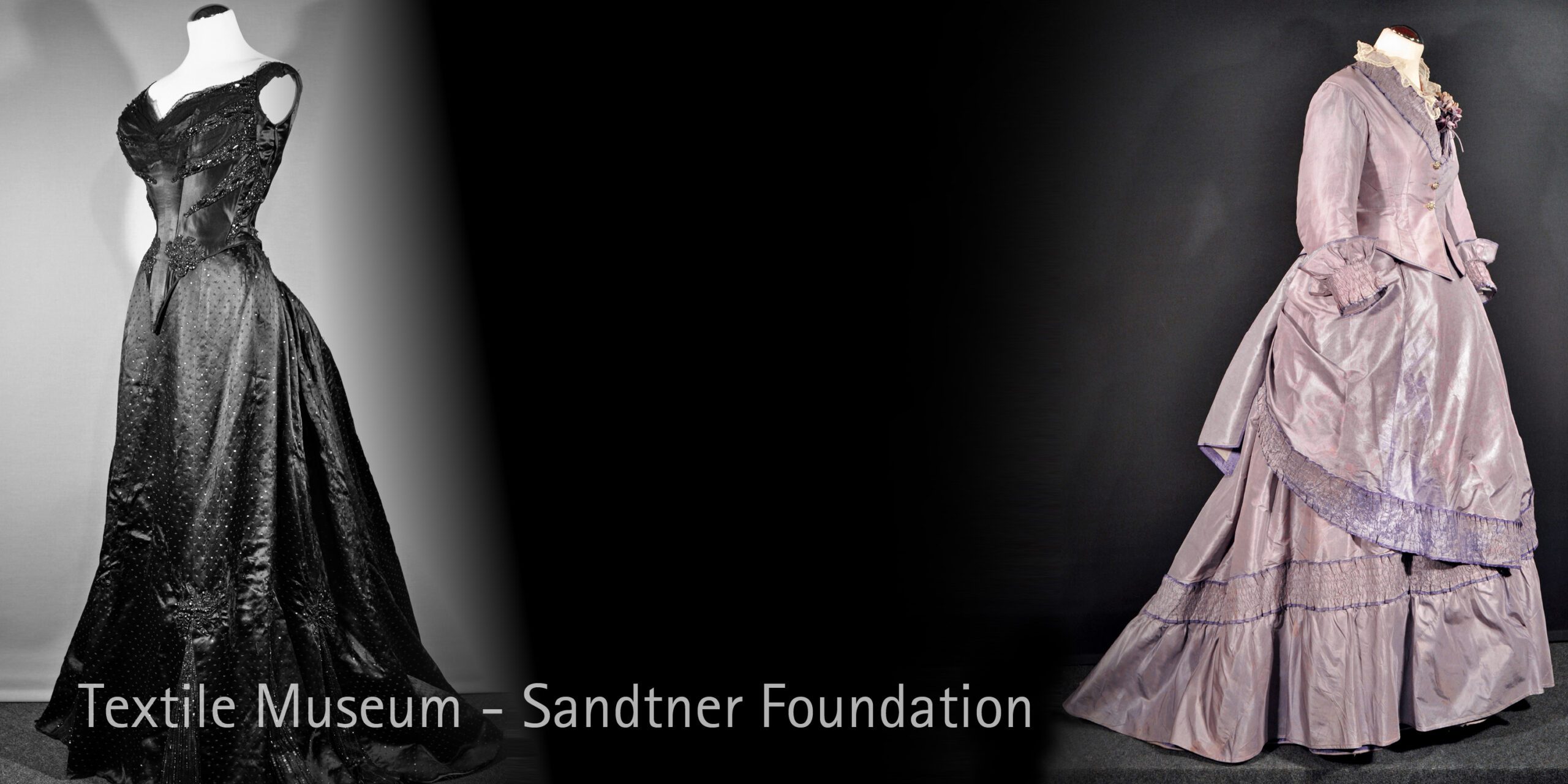
Textile Museum – Sandtner Foundation
The Mindelheim Textile Museum was opened in 1986 with the object of making Prof. Hilda Sandtner’s comprehensive collection accessible to the public in a special museum. Hilda Sandtner’s wish was to establish the museum as a place where art and education could meet in changing exhibitions.
Since 2016, the second floor of the former Jesuit College has been used to display a wide variety of textiles, high-quality handicrafts and valuable fabrics in the subject areas of “Mode.Kunst.Handwerk” (fashion, arts and craft) and “Kunst. Stoff” (art, fabric). Visitors can test their handicraft skills at hands-on stations.
A large room is available for educational activities.
While it’s true to say that “Clothes make the man”, it is equally true that man (or woman) makes the clothes. The Textile Museum in Mindelheim shows how fashion and society have changed and developed over the years. Fabrics, cuts, craftsmanship – Sheila Richinger from Allgäu TV has immersed herself in the world of fashion:
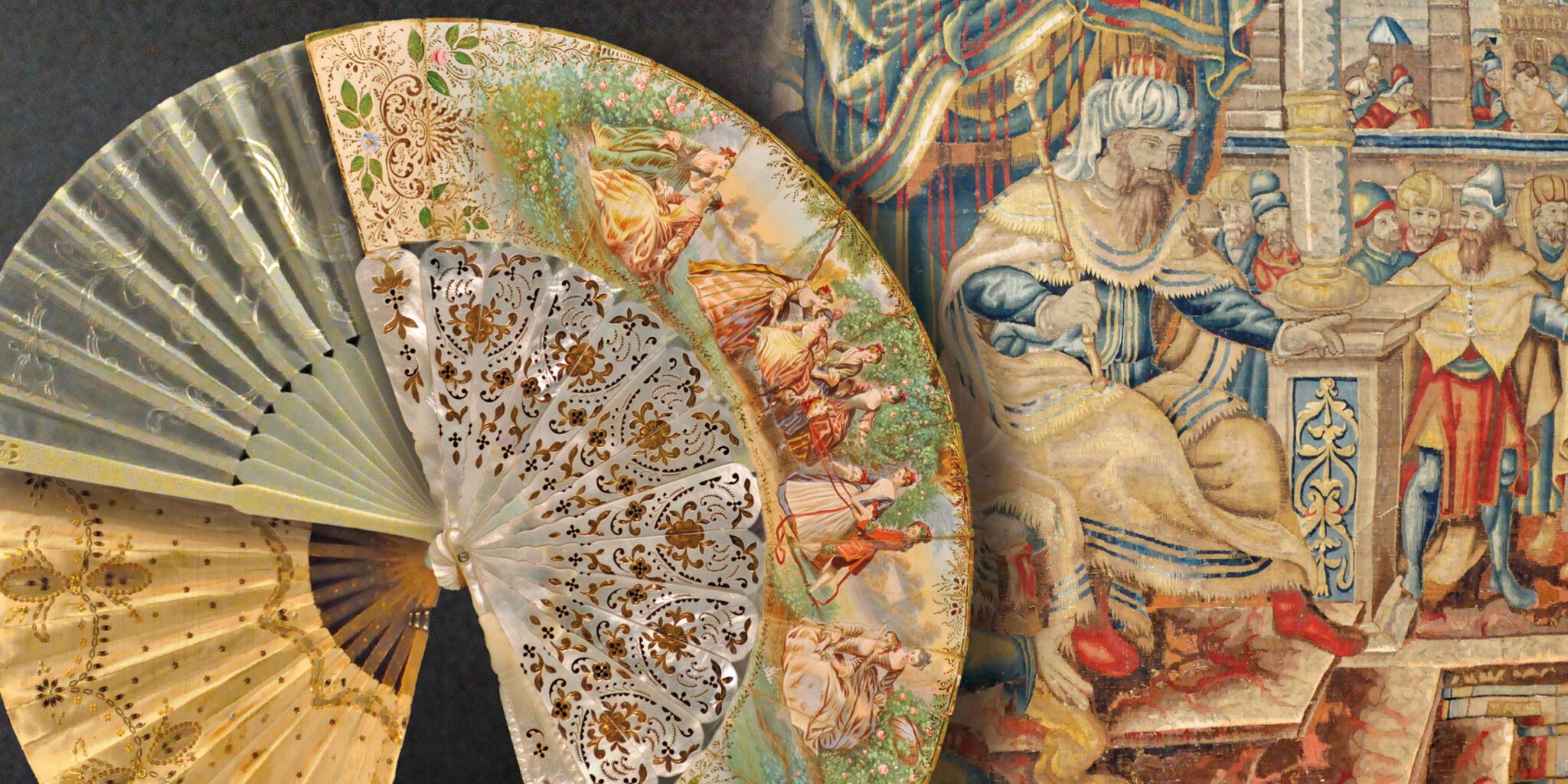
Fashion. Art. Handcraft
A long hallway is lined with magnificent gowns, dresses for everyday life and festivities, daring little dresses from the exciting 1920s and the flashy outfits of the 1970s. The path takes you on a journey through time from the period around 1750 almost to the immediate present. Visitors are transported to another sphere; the presentation is reminiscent of lavishly appointed films or fairytale stagings.
Not only dresses are on display, but also fashionable accessories, including a large collection of precious fans made of ivory, mother-of-pearl, wood or lace, telling stories of courtly life in finest paintings. Several rooms display evidence of almost unbelievable skill in the field of embroidery and lace. Inextricable ornaments in white and gold embroidery decorate fabrics in intricate shapes – the rich decors are a true feast for the eyes. The next room presents delicate webs of lace which will captivate the viewer. In the light of such craftsmanship and elegance, it is not surprising to discover that, for centuries, lace was held in the same high esteem as jewellery.
Finally, in the small ceremonial hall, precious tapestries provide insights into biblical and mythical worlds. Facts about the various epochs and objects are provided in informative texts. Complicated textile techniques are clearly explained and visitors can even try their own hand.
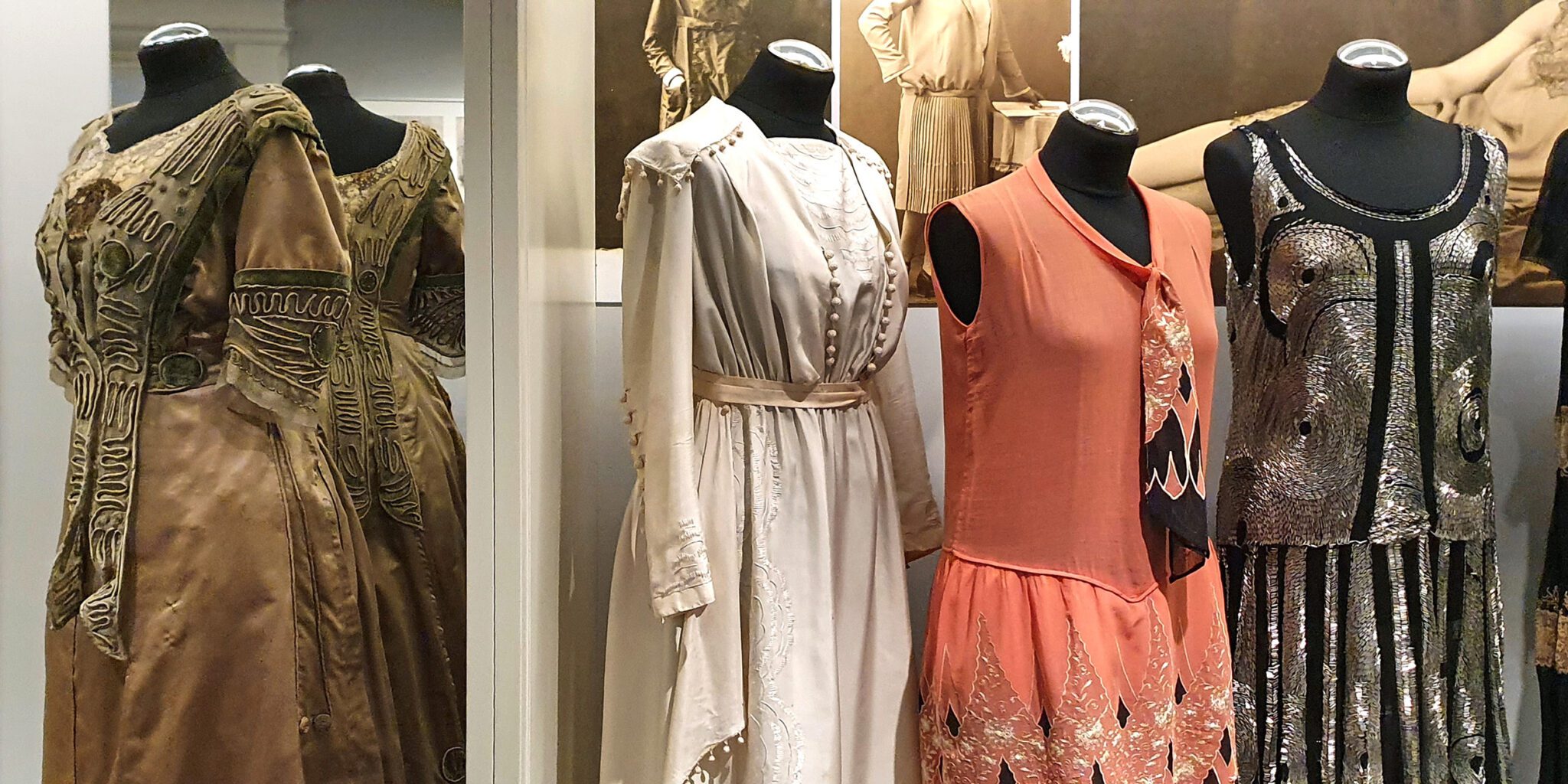
FASHION
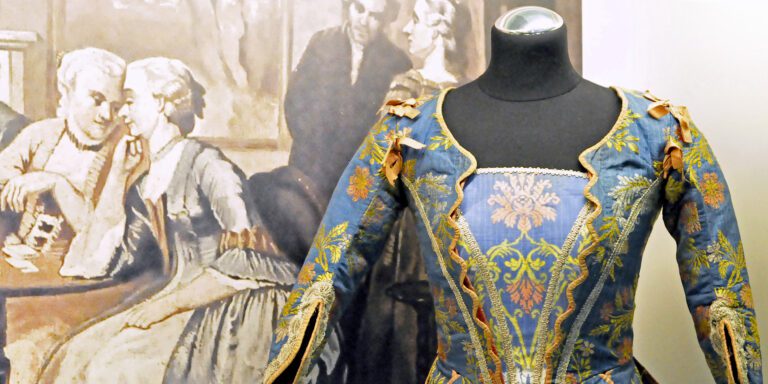
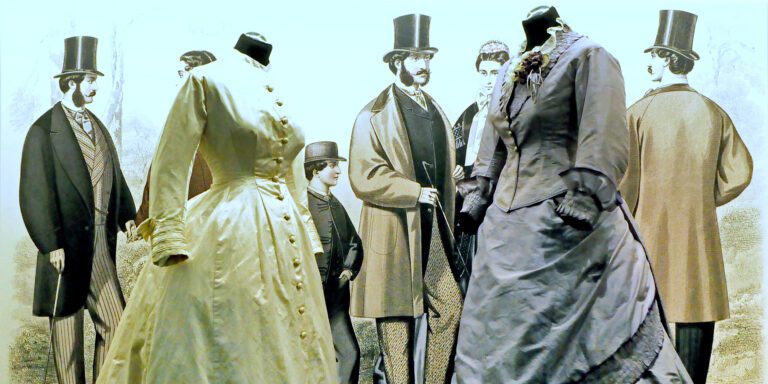
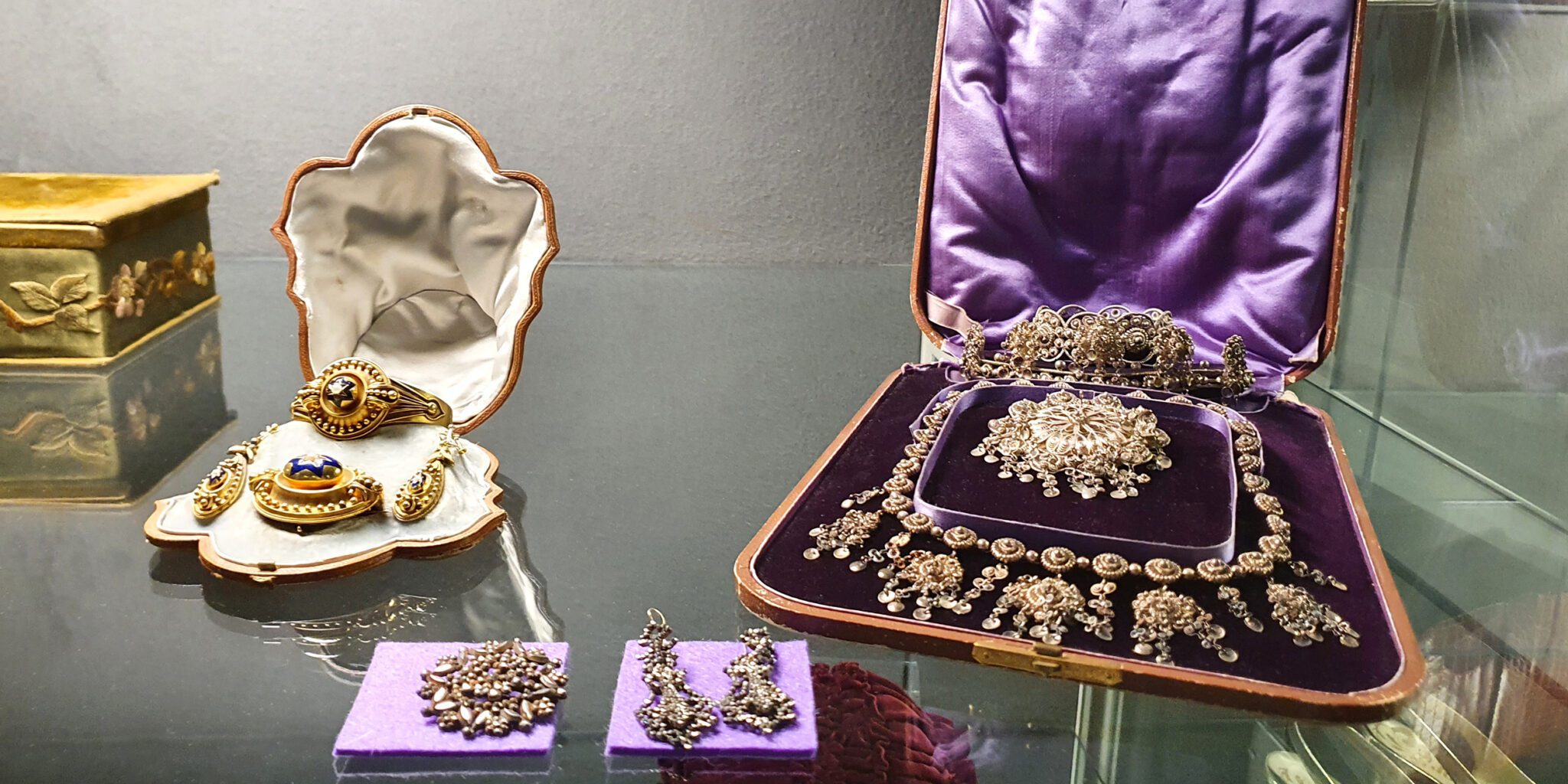
FASHION ACCESSORIES
What would women’s fashion be without matching accessories? These small clothing enhancements – sometimes necessary, sometimes purely decorative – complete a lady’s appearance throughout the respective eras. Changes in fashion penetrated into the smallest details of the garments and altered their appearance to suit the style of the day. The Textile Museum therefore also dedicates space to this important area of fashion. The items on display include the indispensable ladies’ hats, elegant lace umbrellas with ivory handles, bags, pouches, stockings and shoes. In past centuries, gloves that were so tight that they had to be stretched before wearing were part of the basic wardrobe of an elegant woman. The accessories on display cover the eras from the Biedermeier period (early 19th century) through to the 20th century.
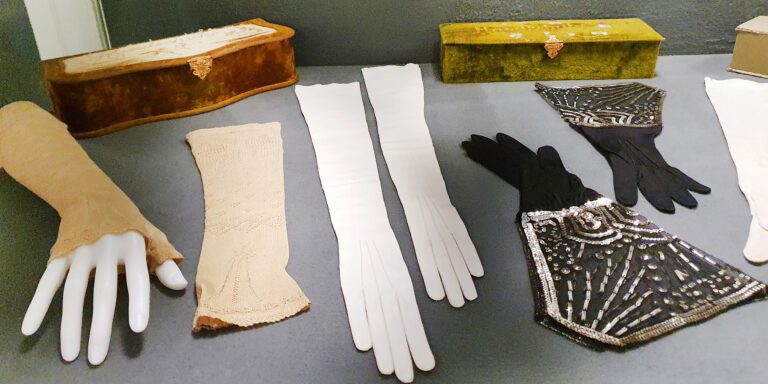
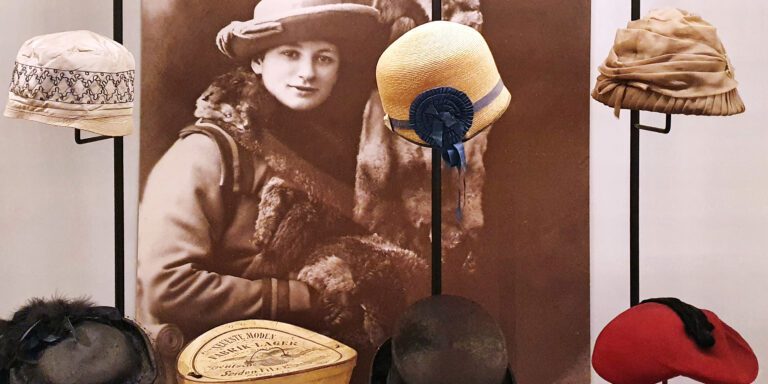

FANS FROM THREE CENTURIES
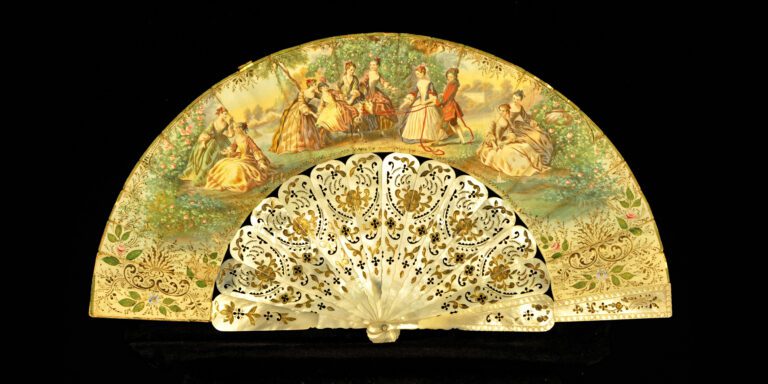
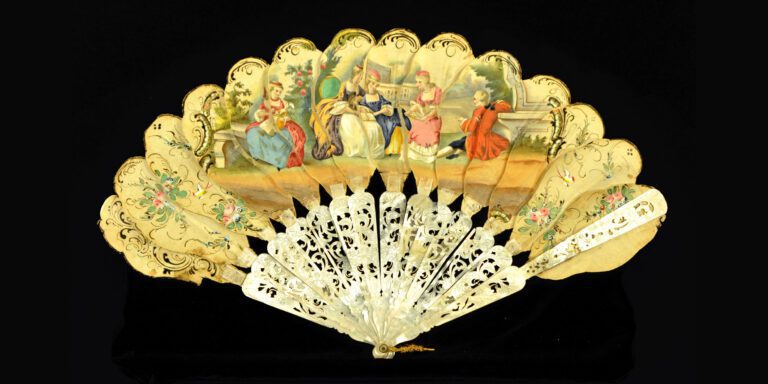
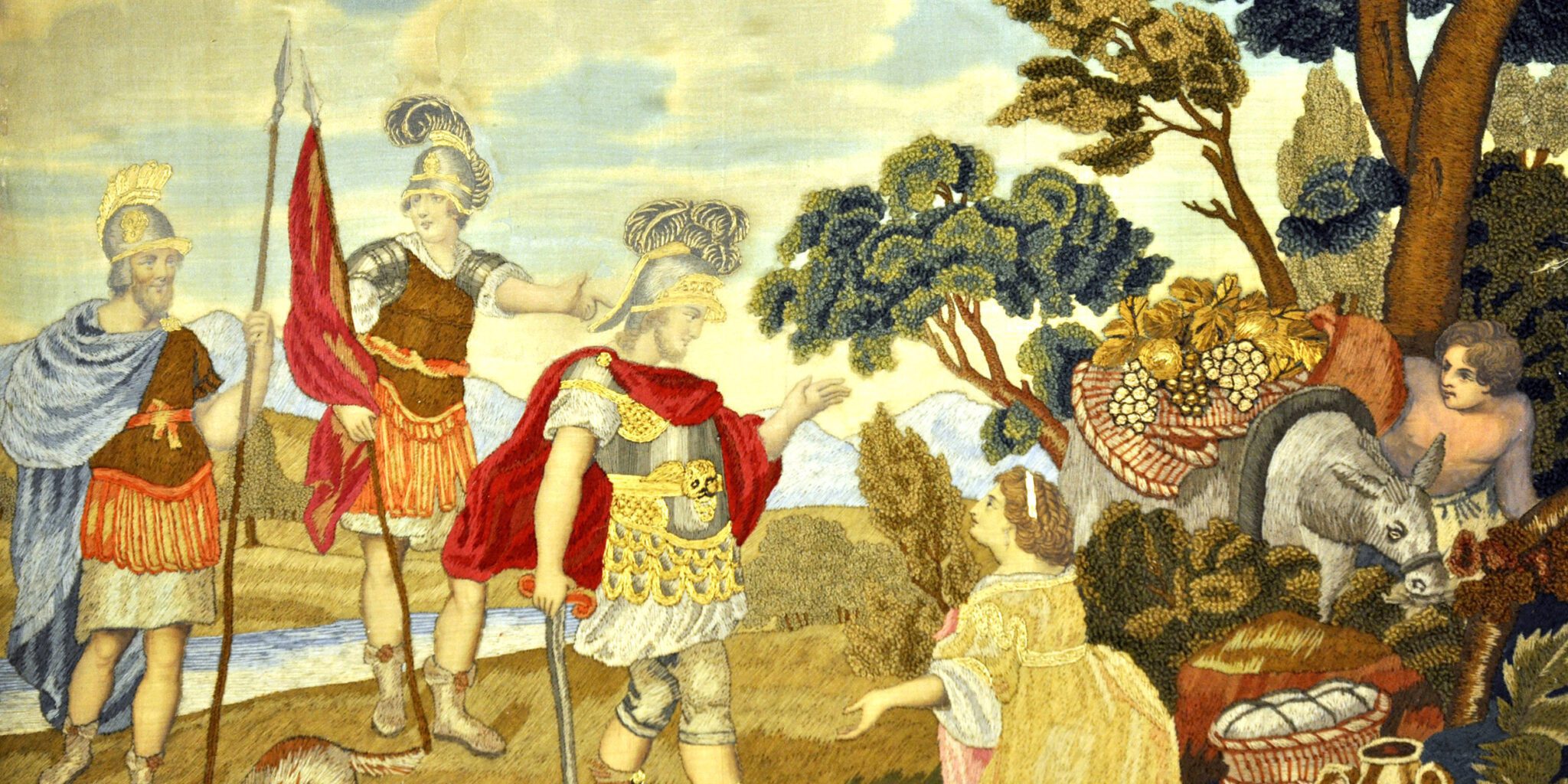
EMBROIDERY AND NEEDLEPAINTING
One of the most traditional and versatile textile techniques is embroidery, which has been known for about as long as weaving. For this reason, precious examples from this area of fashion and textile arts are displayed in the museum. Embroidery can also be described as painting with needle and thread, and is used exclusively for decorative purposes. The Textile Museum presents an opulent overview of the art of embroidery in all techniques from the 17th to the 20th century, from white embroidery to subtle works with gold threads. The exhibits include elaborate samplers, which served as proof of the artist’s personal skill, robes, richly embroidered cloths as well as fashionable ribbons. These finest works created only with needle and thread, which include examples of what is known as needlepainting or silk shading, never cease to fascinate.
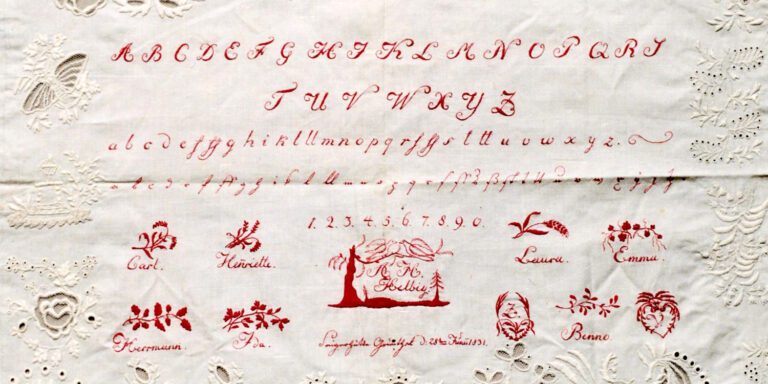
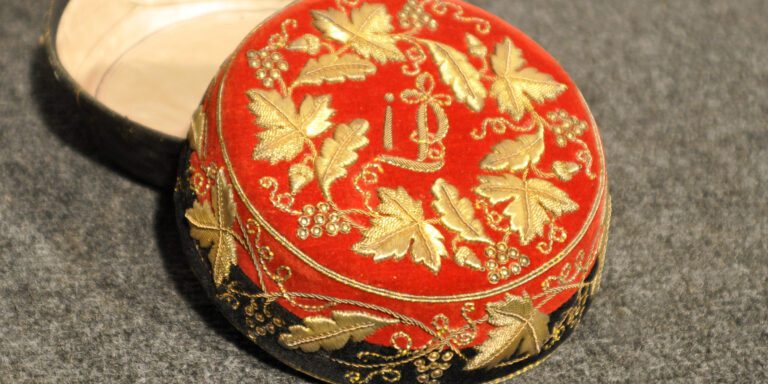
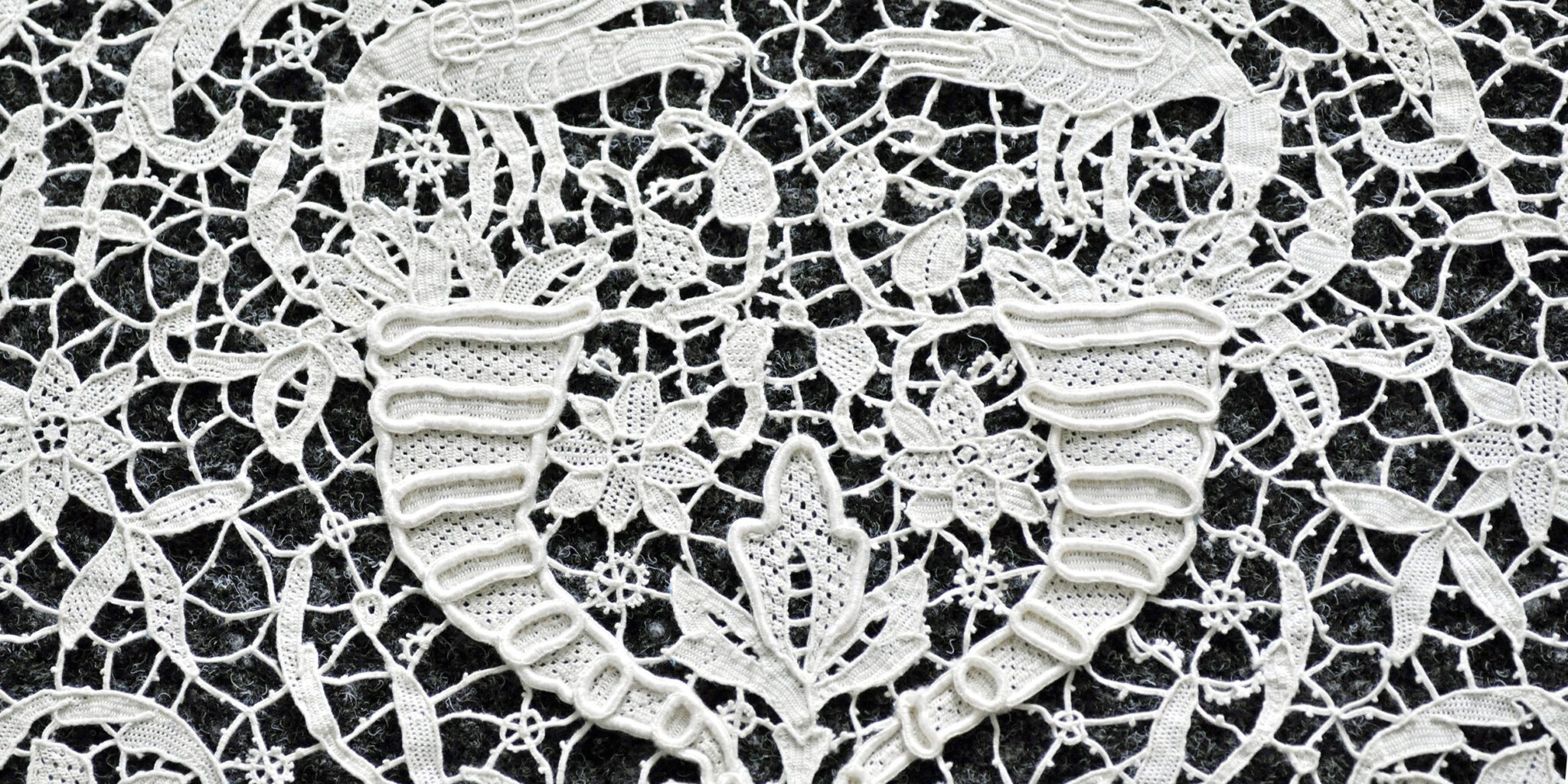
LACE IN ALL ITS VARIATIONS
Since the early 15th century, bobbin lace and needlepoint have been created as particularly delicate works of textile art. Starting from the early centres of lace making in Italy and Flanders, these techniques spread rapidly throughout Europe. They were so highly valued that, in the 17th century, a life without lace did not seem worth living. They gained a status comparable to that of precious jewellery. Even in the 19th century, lace was still considered to be an indispensable part of fashion. The extraordinary variety of lacework exhibited in the museum ranges from around 1600 to the 20th century. On display are delicate works of high aesthetic standards, as well as works commissioned by princely and royal courts. A comparison with paintings of the day clearly shows how lace was worn as a collar or as decoration for the décolleté.
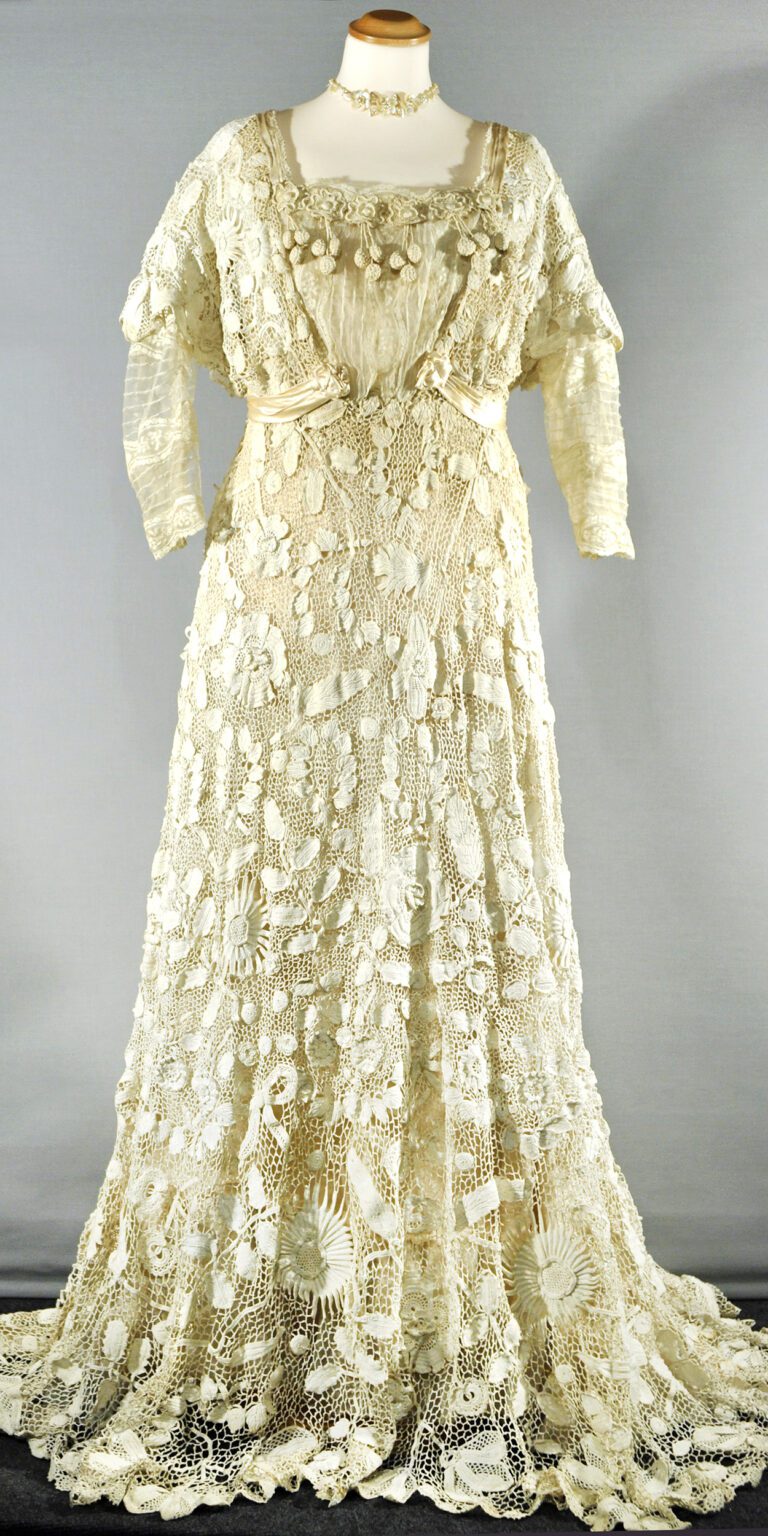
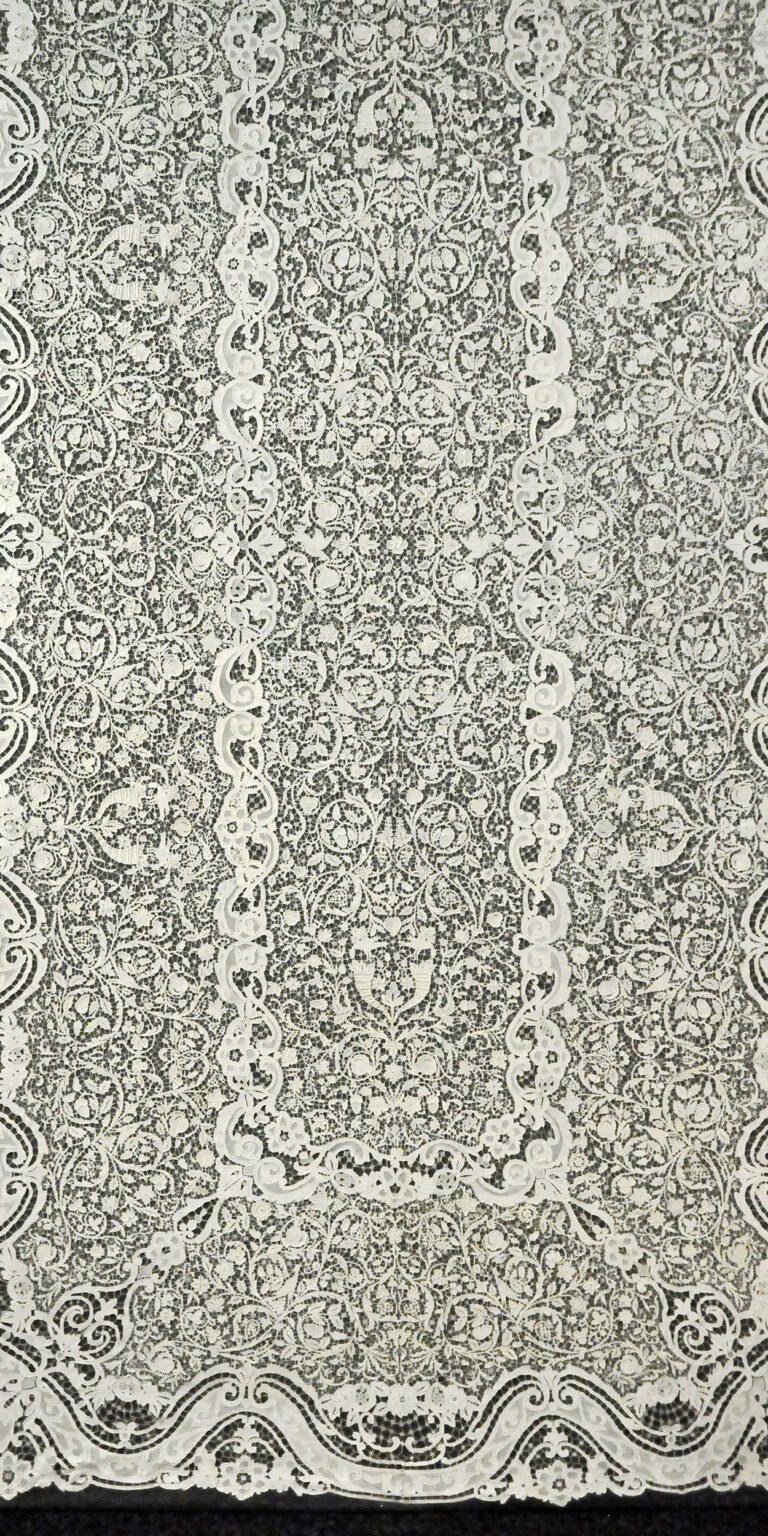
GOBELINS – TAPESTRIES
ART AND FABRICS
Precious velvet and silk fabrics have always been luxury goods. Their role was to set an artistic stage by means of clothing or interior decoration so as to emphasise the exceptional importance of their owners. Elaborately patterned textiles for wall coverings, curtains or furniture upholstery were among the most expensive decorative elements used in castles, palaces and churches. The “Kunst.Stoff” collection, which is part of the Textile Museum in Mindelheim, is dedicated to this area of cultural history and presents a lavish display of shapes and colours. It focuses on silk fabrics from France, Italy and England, as well as other precious textiles dating from the 17th to the 19th century.
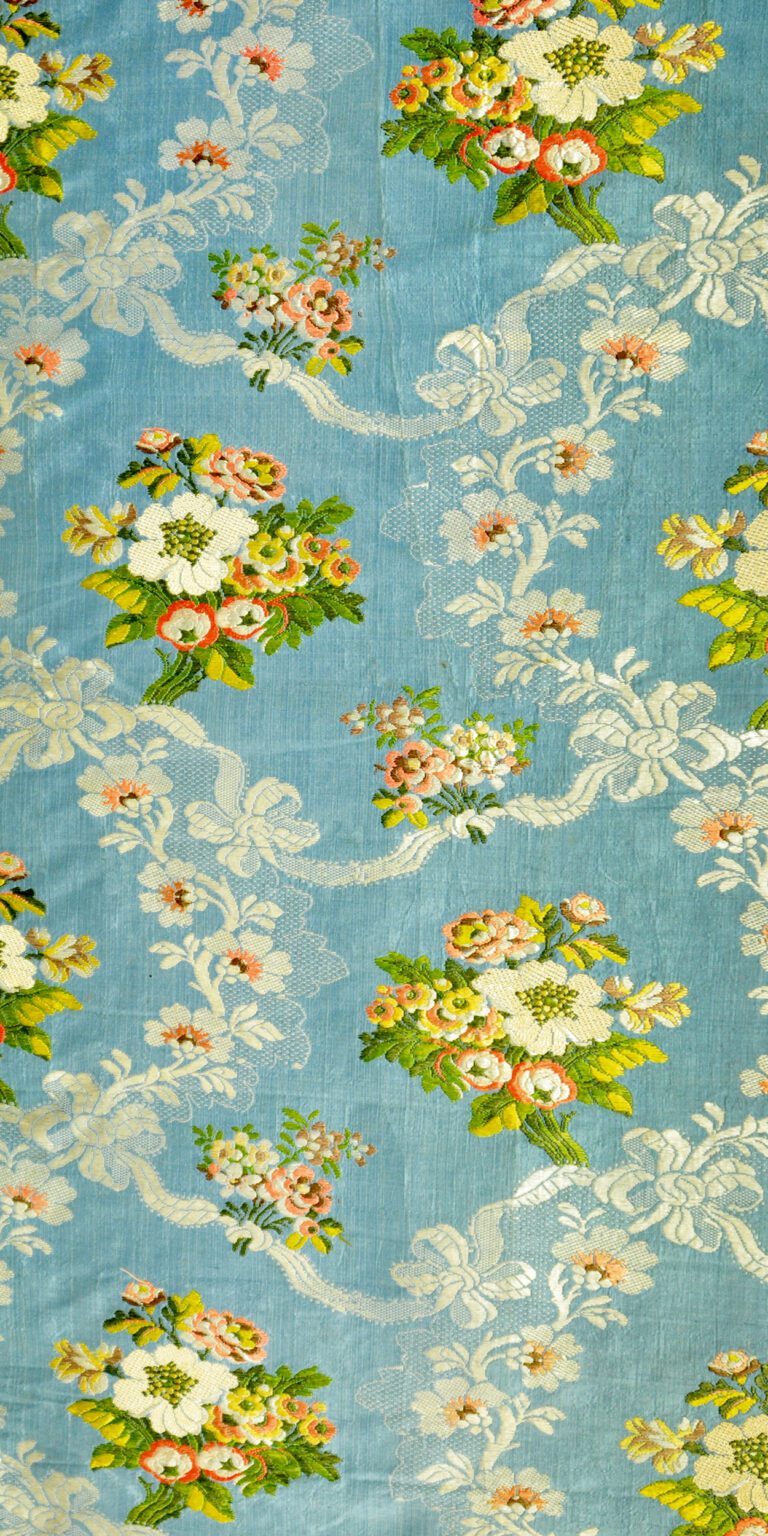
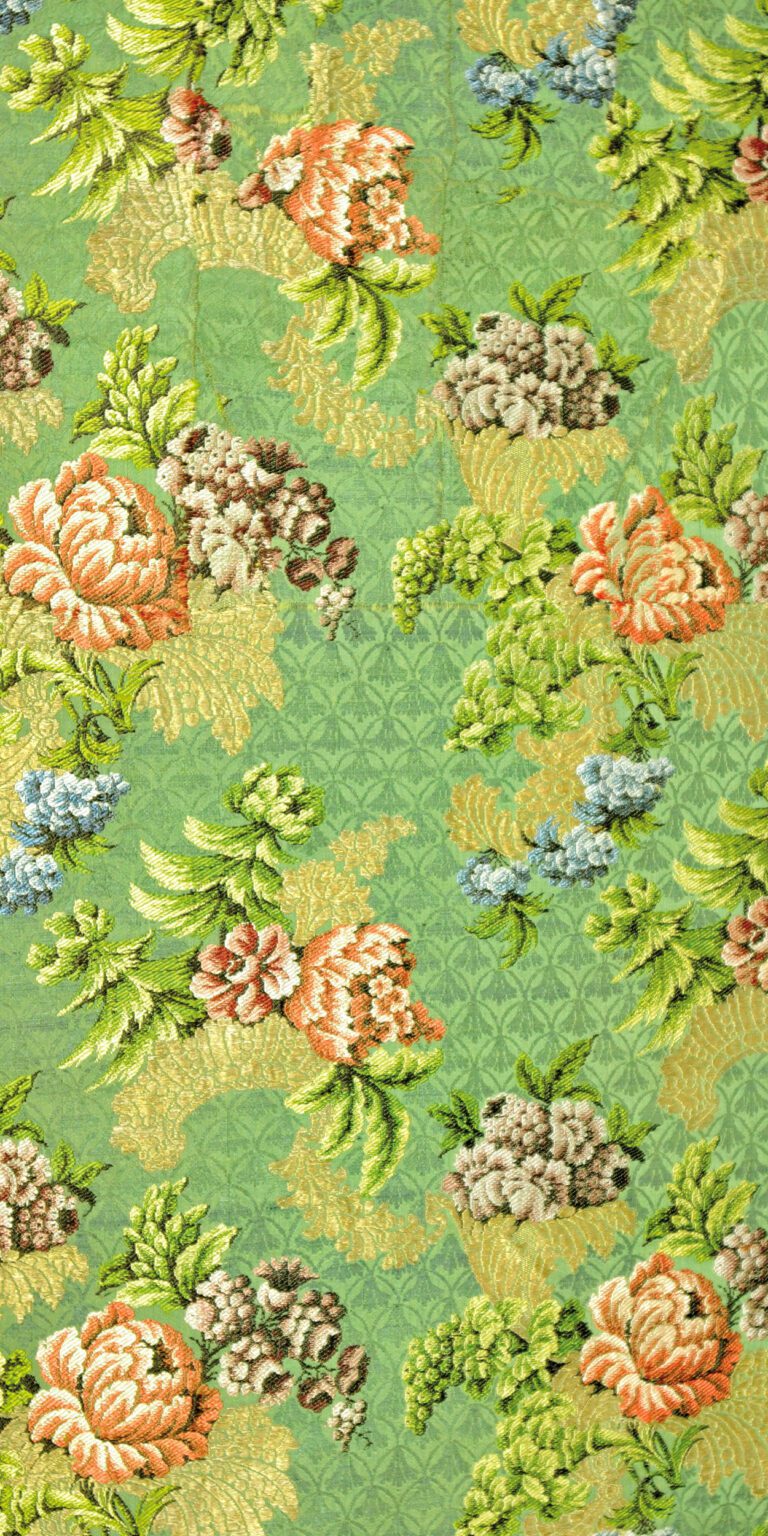
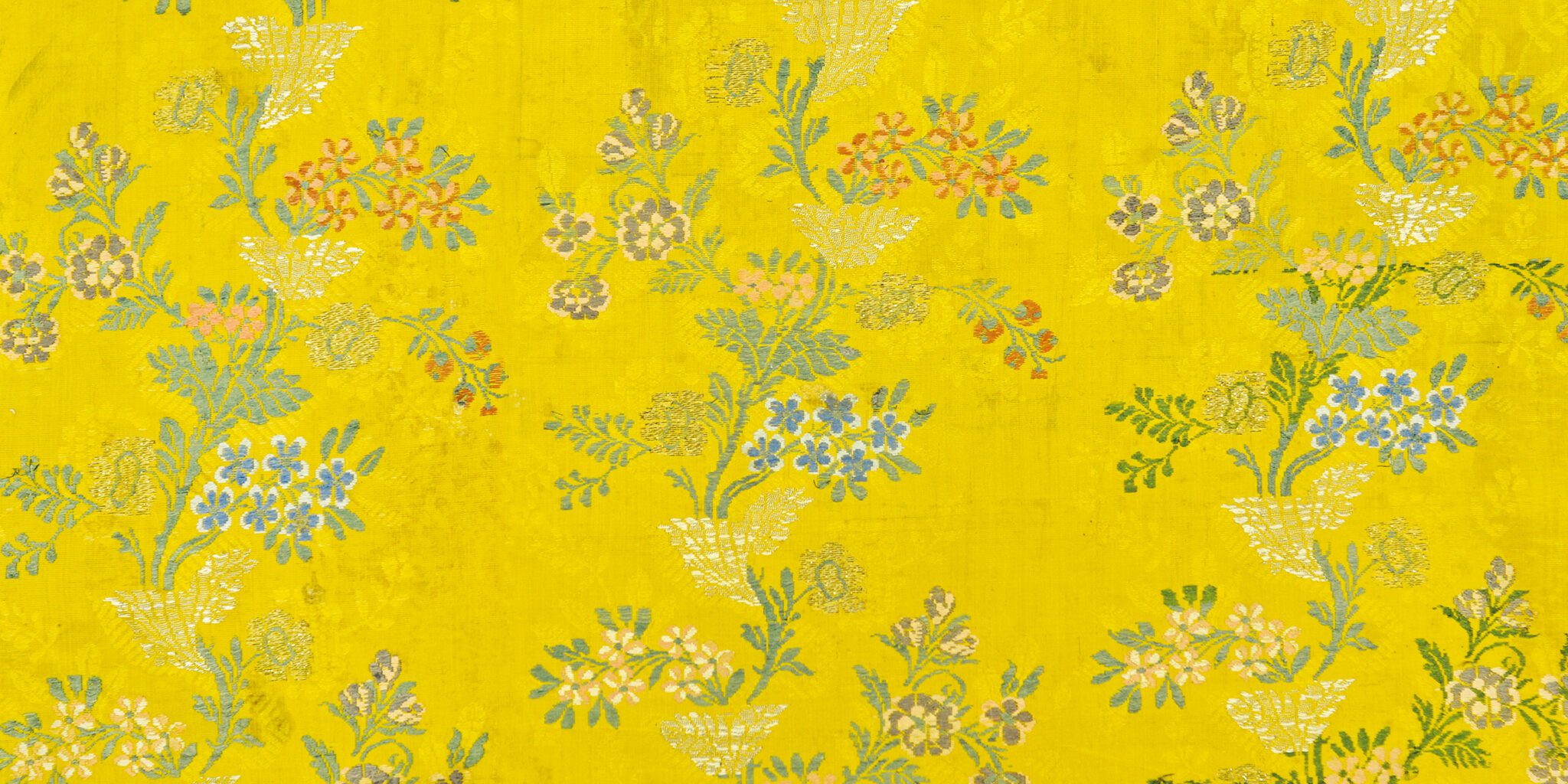
WOVEN FABRICS
Weaving is one of the oldest textile techniques. It was used to make clothes to protect the wearer against the cold and other environmental influences. Woven fabrics soon gained another function – of visualising differences in rank. High-quality linen fabrics, fine velvets and imaginative silks are displayed in the Textile Museum to illustrate the skill of the designers and weavers. At an interactive station, you can try your own hand at creative weaving.
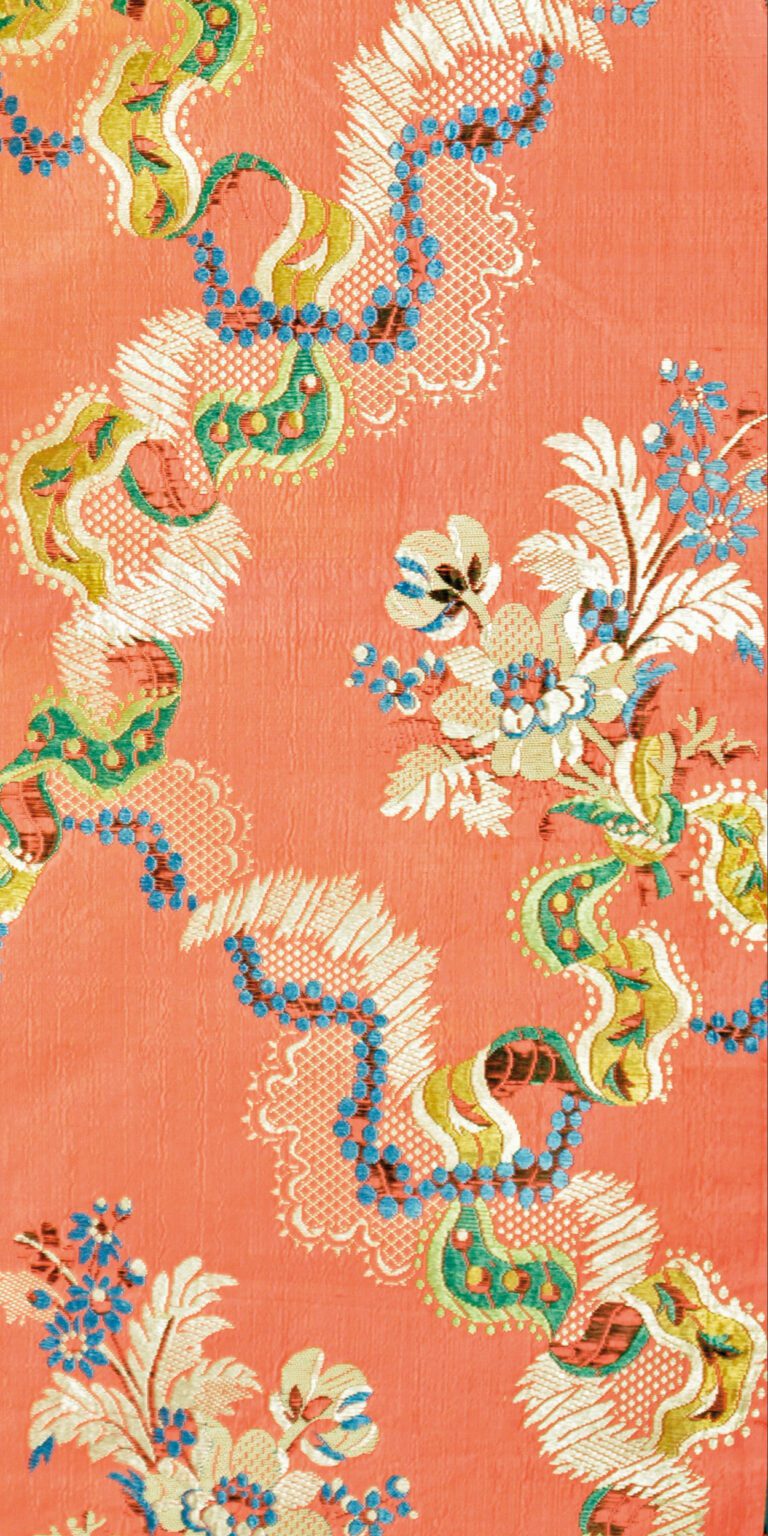
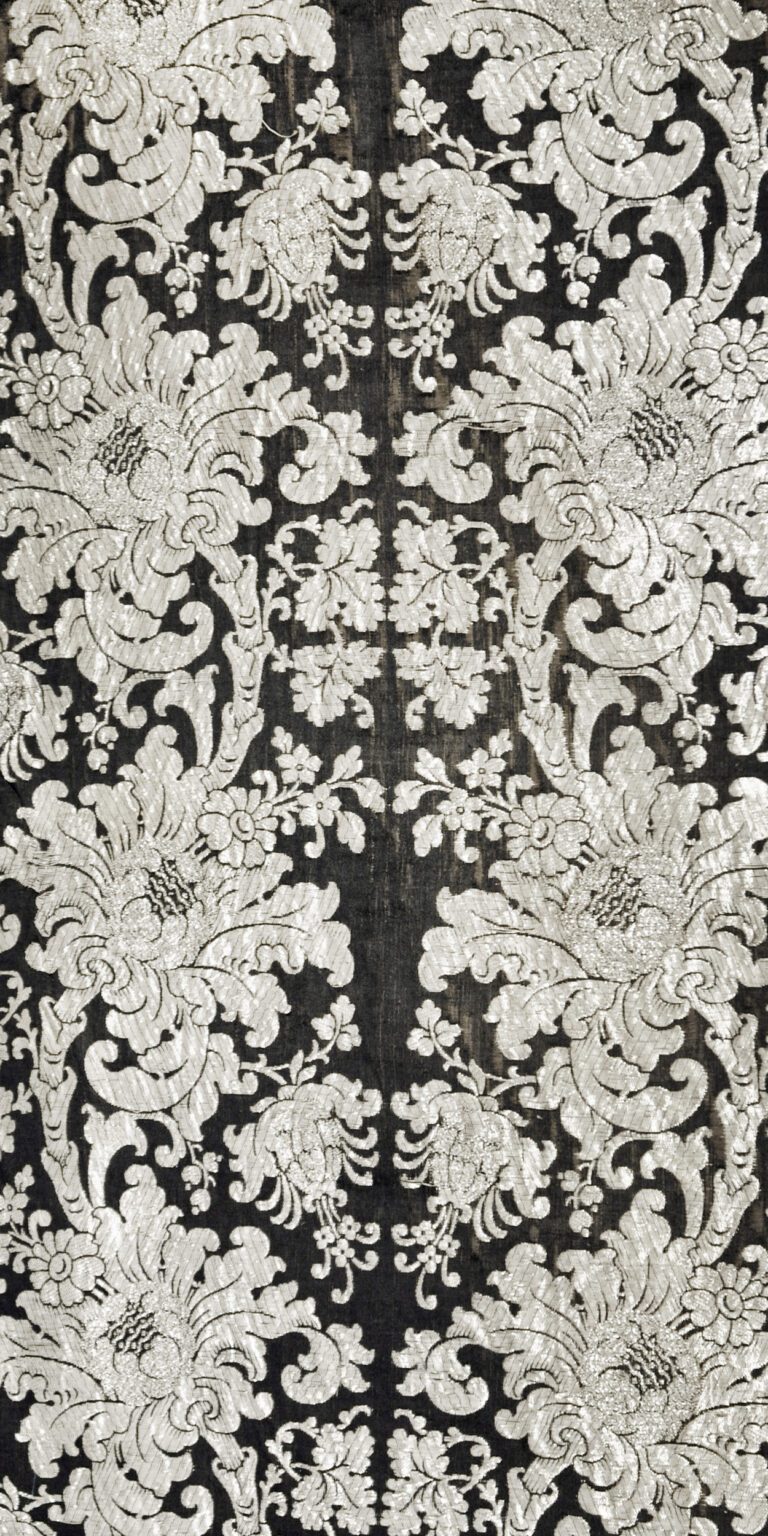
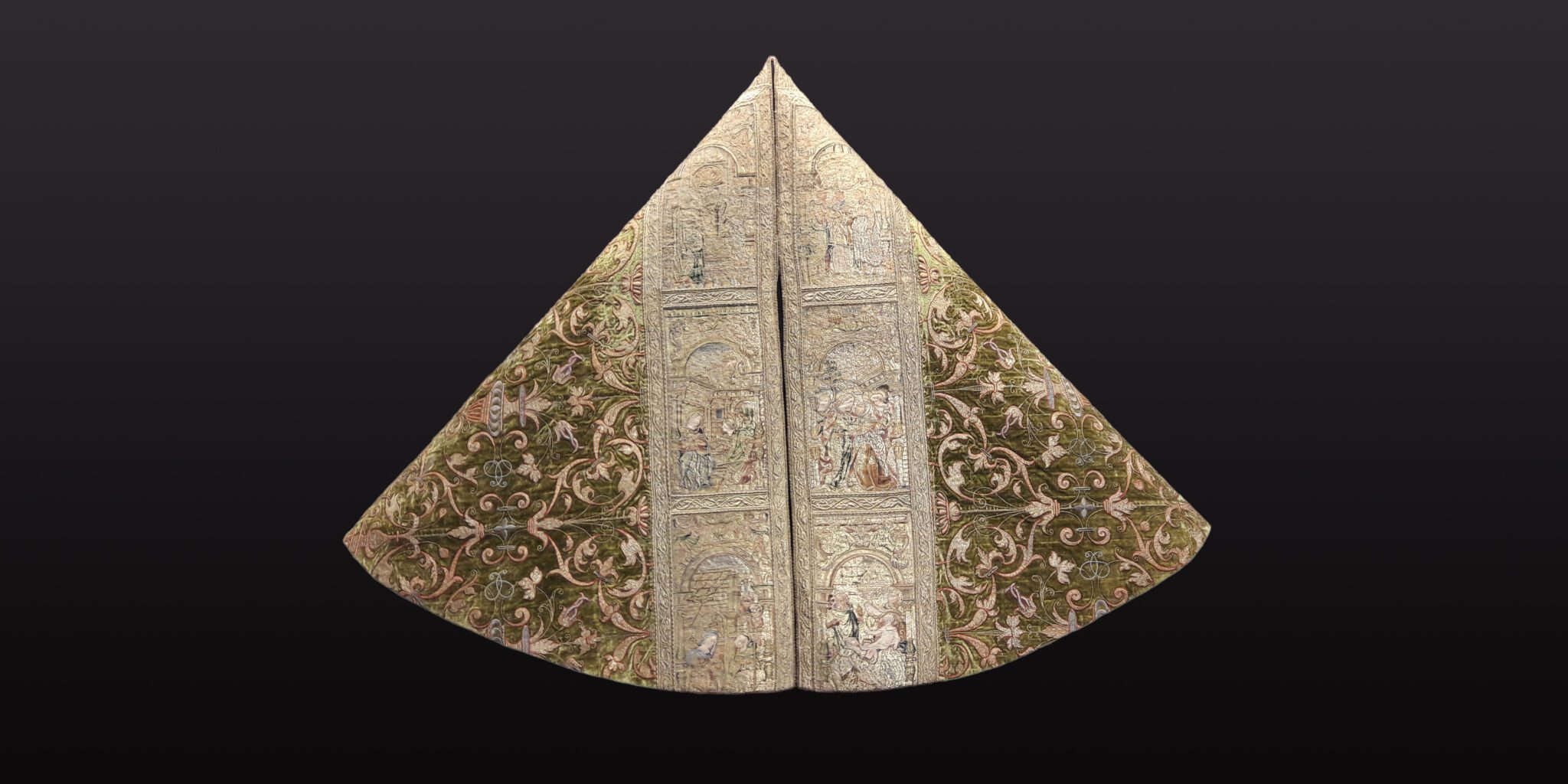
Paraments
